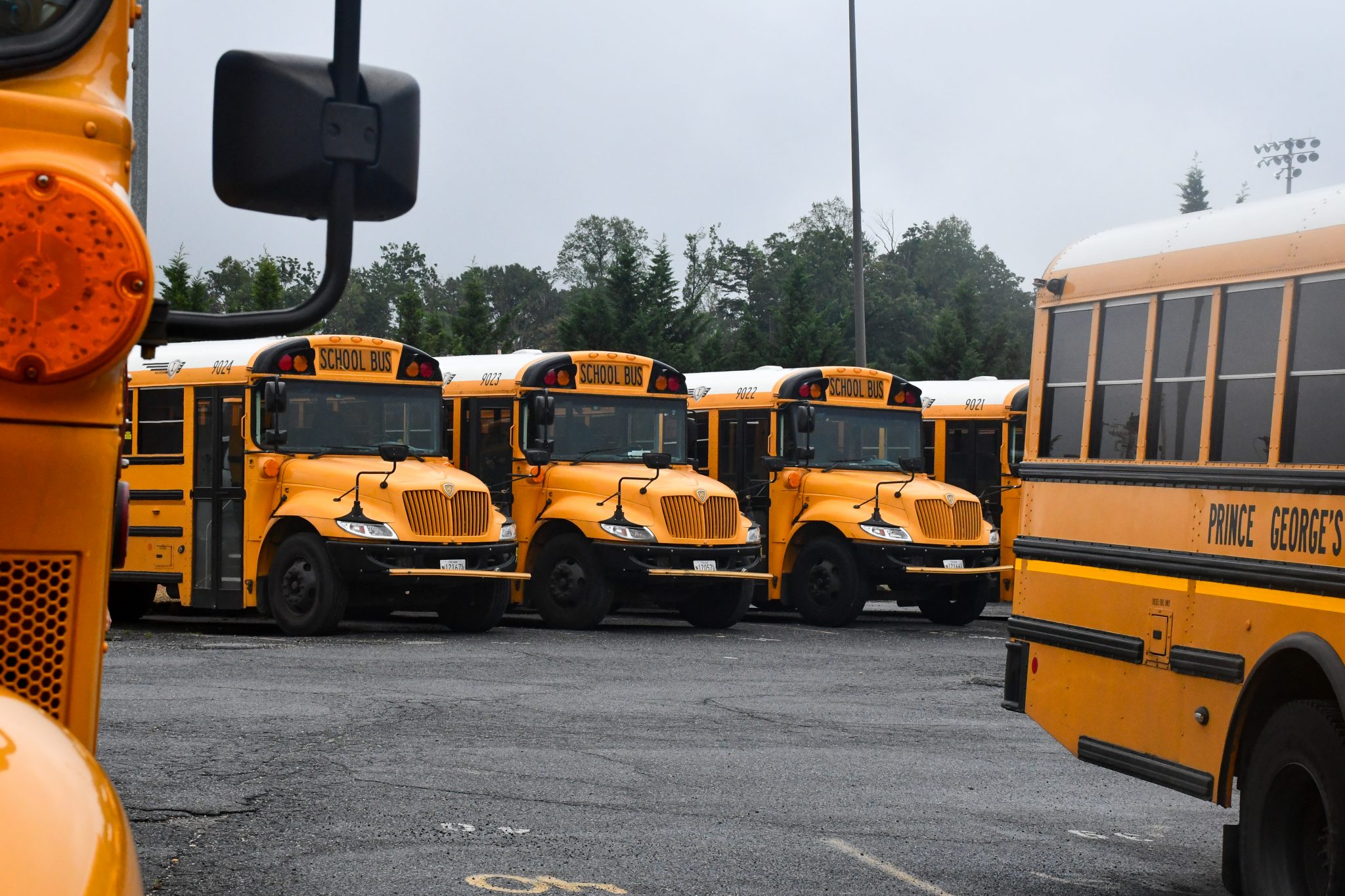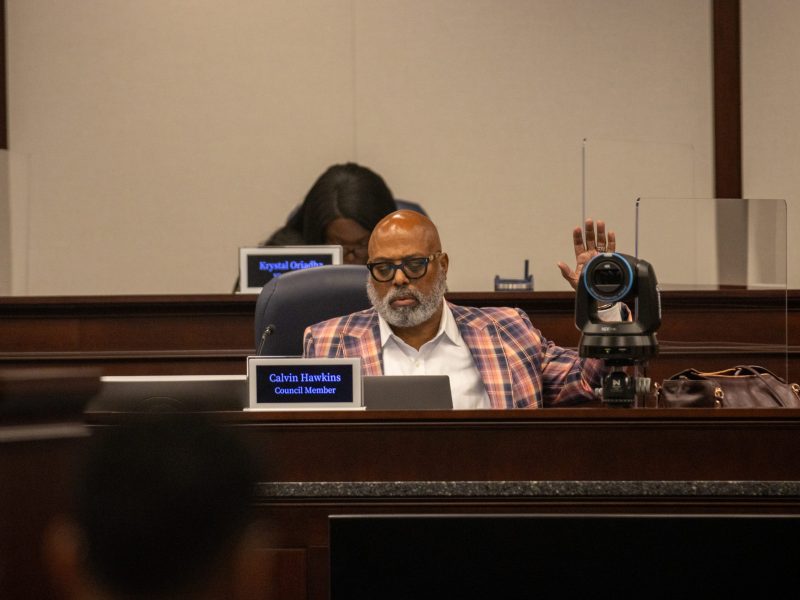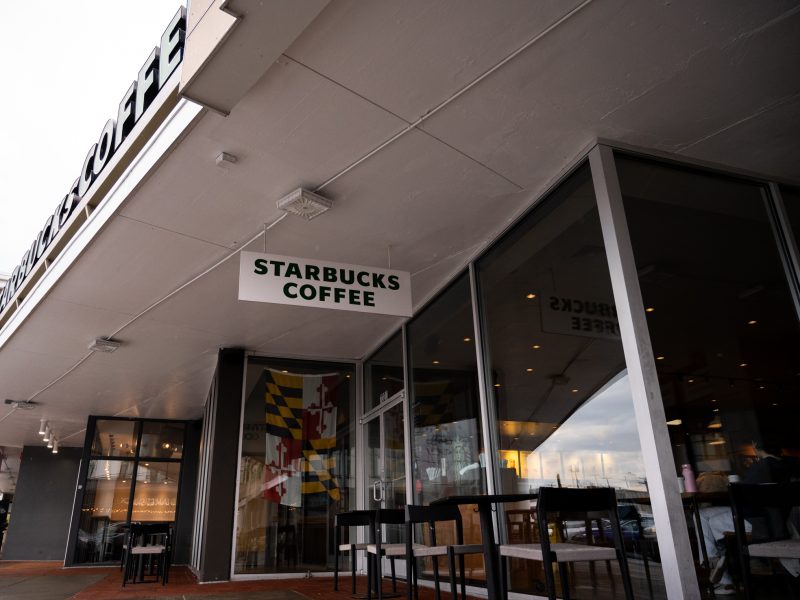Prince George’s County Public Schools is entering a new chapter in sustainable education with its Blueprint Schools Phase II project.
In this second phase, PGCPS will construct eight net-zero energy schools across the county by 2028. Six of these buildings will be elementary schools and two will be pre-K through eighth grade academies, according to a PGCPS news release from August.
This project is part of the school system’s broader Blueprint Schools program — which aims to renovate more than 30 schools over a decade. This second phase was slated to begin construction in September, according to the news release.
A building is considered net zero if the amount of greenhouse gas emissions it produces is equal to the amount it removes from the environment, according to Jason Washington, PGCPS associate superintendent of supporting services.
“Net zero doesn’t mean that the building is not creating carbon,” District 2 PGCPS school board member Jonathan Briggs said. “It’s that we’ve done enough to offset that.”
Five of the new buildings will harness geothermal and solar energy to become net zero, according to Joseph Jakuta, a lead volunteer on the Climate Parents Campaign. With reduced emissions from natural gas boilers, which are usually present in older buildings, students and faculty will breathe cleaner air, Jakuta said.
Jakuta said he hopes that other school systems — including those in higher education — will be inspired by PGCPS’ actions to create “a greener future,” he said.
[PGCPS school board discusses bus driver shortages, transportation improvements]
PGCPS aims to achieve net zero energy by significantly reducing its carbon footprint with solar energy and sustainable infrastructure practices, Washington said. These initiatives will create a healthy learning environment and environmental awareness among students and the community, he added.
Achieving carbon neutrality among schools aligns with the county’s broader sustainability goals, according to Washington. The school system aims to combat climate change and foster a healthy learning environment for students, according to the news release.
“The big driver for us is to create a more sustainable … environment [and] a more informative and engaging learning environment for our students,” Washington said.
During the Blueprint Schools Program Phase I, the school system opened six schools in 2023 with metal panning, which enhances energy and regulates temperature. The design maximizes access to natural sunlight, reduces electricity costs and provides vitamin D, which can improve student performance, Washington said.
The school system focused on sustainable construction methods during the first phase, he said. One strategy includes using materials that serve multiple school sites to eliminate excess waste, Washington said.
Since energy at the new schools in Phase II will be produced on-site, the system will not have to account for the long-term cost of electricity prices, Jakuta said.
[Prince George’s County officials hope to limit illegal guns, pinpoint repeat offenders]
“One of the biggest things is that [these initiatives] helps to cut costs, which in the long run is going to be good for students, for teachers and the larger community,” Briggs said.
Instead, the school board and superintendents can allocate the funds saved for more pressing matters such as innovative programs, enrichment activities and apprenticeship programs, Briggs said.
Briggs explained that the first two phases of the program are funded through a public-private partnership.
The partnership has become a “big driver,” in funding, since the school system has a limited maintenance budget, Washington said.
An elementary school usually takes 18 to 22 months to build, while larger schools like pre-K through eighth grade academies can take closer to 30 months, according to Washington.
During the construction period, PGCPS uses swing schools — temporary facilities students use while their new schools are being built. The use of swing schools lets students remain close to their original communities, Washington added.
“We demonstrated how we’re able to do it through the Phase I, and so now it’s just making sure that we follow through and deliver these schools on time,” Washington said.



